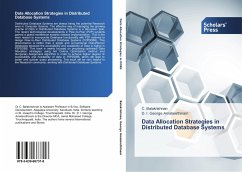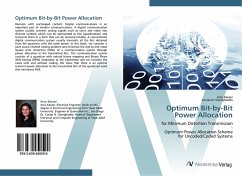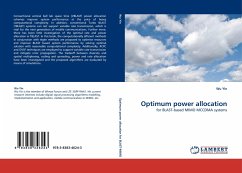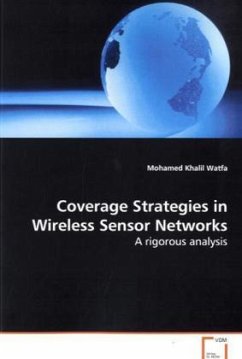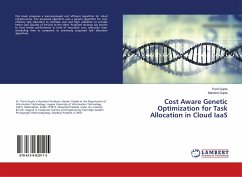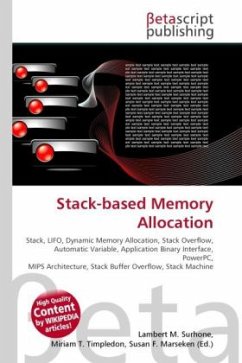
Forwarding Strategies and Optimal Power Allocation for Relay Networks
Forwarding Strategies and Position Dependent Optimal Power Allocation for Coherent and Non-coherent Relay Networks
Versandkostenfrei!
Versandfertig in 6-10 Tagen
32,99 €
inkl. MwSt.

PAYBACK Punkte
16 °P sammeln!
In a power constrained relay network environment, theperformance can be improved by using variousforwarding techniques and position dependent optimalpower allocation strategy. We use our three terminalmodel to optimize the power allocation under totaltransmit power constraint, to maximize theinstantaneous signal-to-noise ratio (SNR) atdestination, and thus achieve improved throughput andBER performance, while using AF and DF protocols. Weevaluate the performance of our system for bothcoherent and non-coherent modulation in a Rayleighblock fading channel. QPSK is used in the coherentcase and 4-...
In a power constrained relay network environment, the
performance can be improved by using various
forwarding techniques and position dependent optimal
power allocation strategy. We use our three terminal
model to optimize the power allocation under total
transmit power constraint, to maximize the
instantaneous signal-to-noise ratio (SNR) at
destination, and thus achieve improved throughput and
BER performance, while using AF and DF protocols. We
evaluate the performance of our system for both
coherent and non-coherent modulation in a Rayleigh
block fading channel. QPSK is used in the coherent
case and 4-FSK is used in the non-coherent case. We
derive expressions for instantaneous SNR using our
model and optimize the power allocation based on
that, thus achieving improved uncoded BER. We
compare the performance of the AF and DF protocols
based on their positional BER and throughput at
different received SNR and notice that our power
optimized schemes outperform existing power control
schemes at certain areas. Finally we also identify
the shape and area of the regions where relaying
would provide performance gains for both the
protocols at different received SNRs.
performance can be improved by using various
forwarding techniques and position dependent optimal
power allocation strategy. We use our three terminal
model to optimize the power allocation under total
transmit power constraint, to maximize the
instantaneous signal-to-noise ratio (SNR) at
destination, and thus achieve improved throughput and
BER performance, while using AF and DF protocols. We
evaluate the performance of our system for both
coherent and non-coherent modulation in a Rayleigh
block fading channel. QPSK is used in the coherent
case and 4-FSK is used in the non-coherent case. We
derive expressions for instantaneous SNR using our
model and optimize the power allocation based on
that, thus achieving improved uncoded BER. We
compare the performance of the AF and DF protocols
based on their positional BER and throughput at
different received SNR and notice that our power
optimized schemes outperform existing power control
schemes at certain areas. Finally we also identify
the shape and area of the regions where relaying
would provide performance gains for both the
protocols at different received SNRs.




